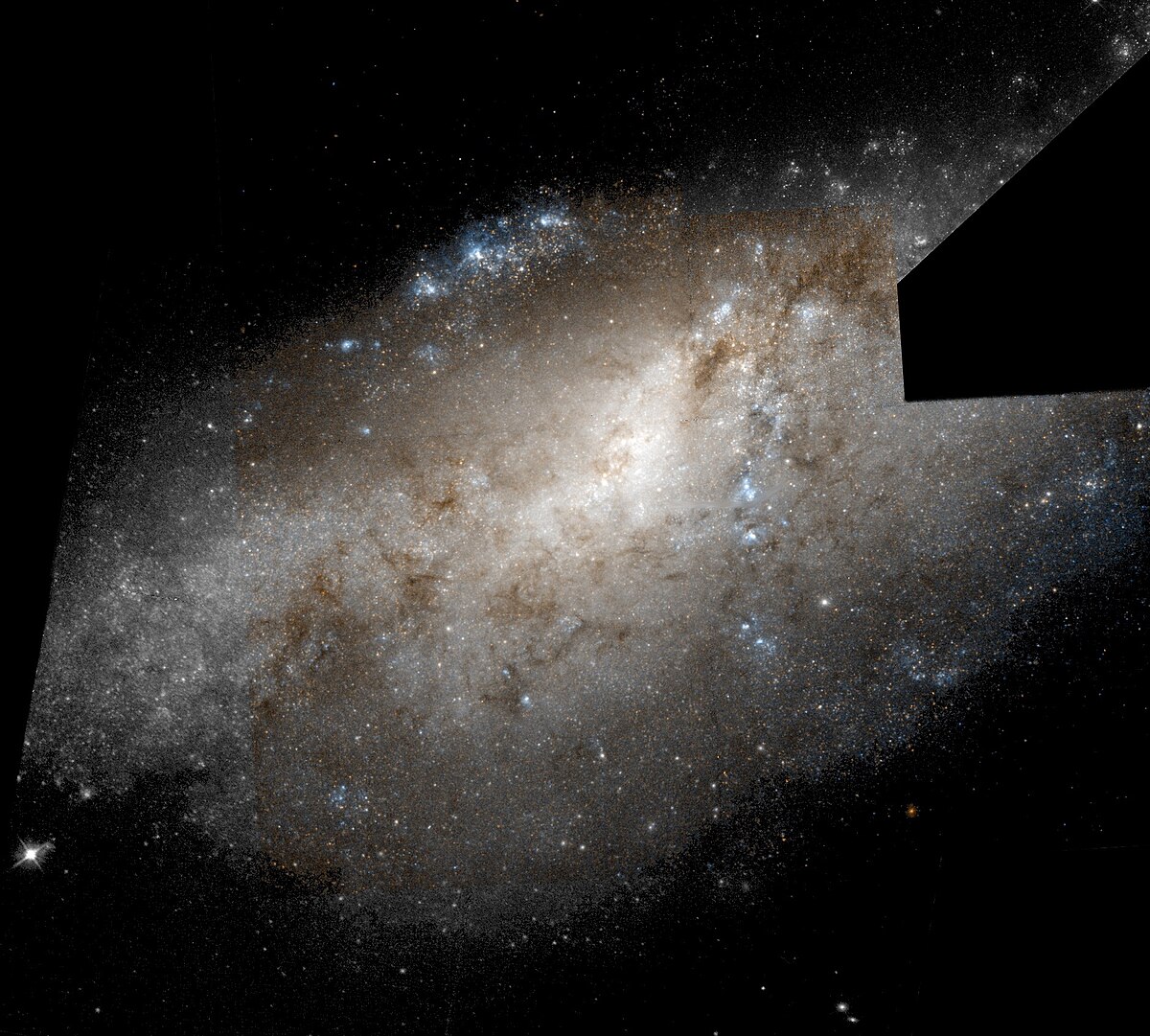Iowa State University | 2020 Feb 07
Allen Lawrence, wrapping up a long career as an electrical engineer, was serious about moving his astronomy hobby beyond the 20-inch telescope he’d hauled to star parties under the dark skies of Texas and Arizona.NGC 4490 3.6μm image showing regions of interest. Apertures are shown surrounding
the optical nucleus (OPT), infrared nucleus (IR), and the giant HII regions A and B. The
large and small cyan crosses mark the locations of the optical and infrared nucleus
respectively. (Credit: AL Lawrence et al, ApJ 2020
So in 2011 – in his late 60s, after 30 years of operating his own consulting firm around Green Bay, Wisconsin – he enrolled in some courses at the University of Wisconsin-Madison. It wasn’t long before he went around Sterling Hall asking about joining a research team.
Jay Gallagher ... offered Lawrence the chance to study one of two galaxy systems. Lawrence picked a nearby system studied since the 1960s and featuring the interaction of two galaxies, a larger one known as NGC 4490 (nicknamed the “Cocoon Galaxy” because of its shape) and a smaller one known as NGC 4485. The system is about 20% the size of the Milky Way, located in the Northern Hemisphere and about 30 million light years from Earth.
After taking a look at some infrared images from NASA’s Wide-field Infrared Survey Explorer, Lawrence said it looked like the larger galaxy had a rare double nucleus. One nucleus could be seen in visible wavelengths, the other nucleus was hidden in dust and could only be seen in infrared and radio wavelengths. ...
Revealing the Double Nucleus of NGC 4490 ~ AL Lawrence et al
- arXiv.org > astro-ph > arXiv:2001.05601 > 16 Jan 2020
